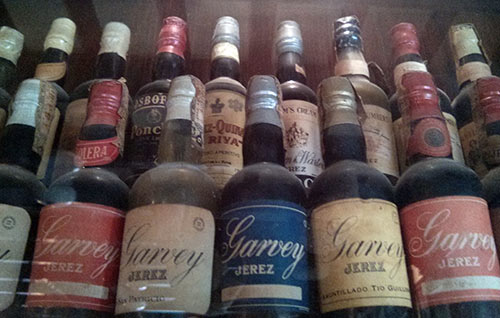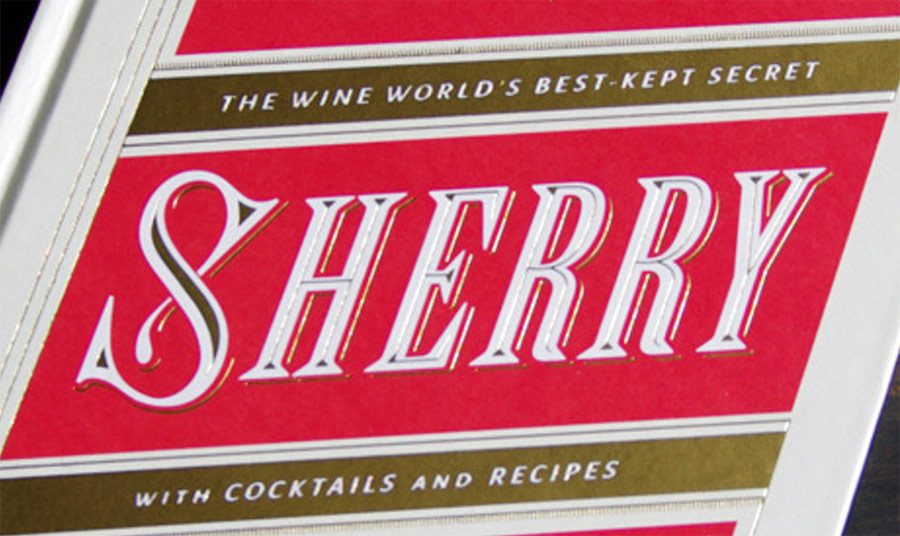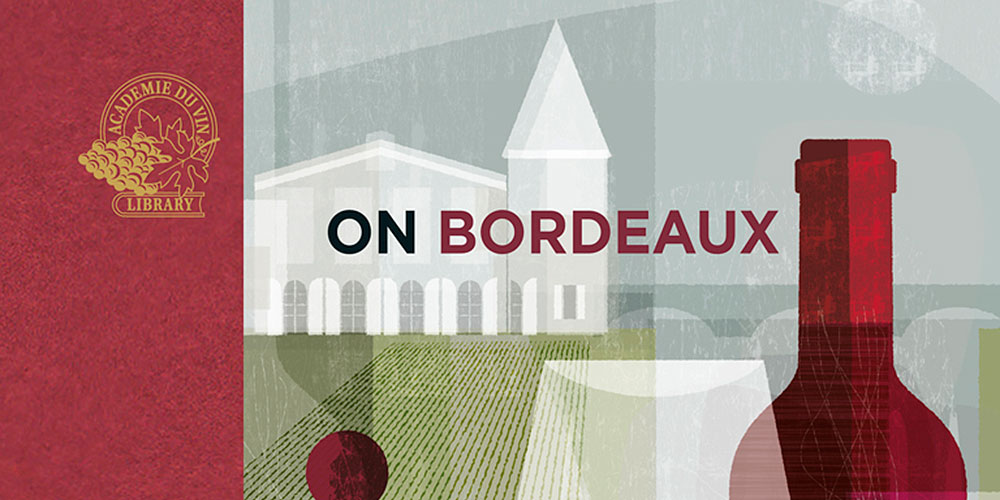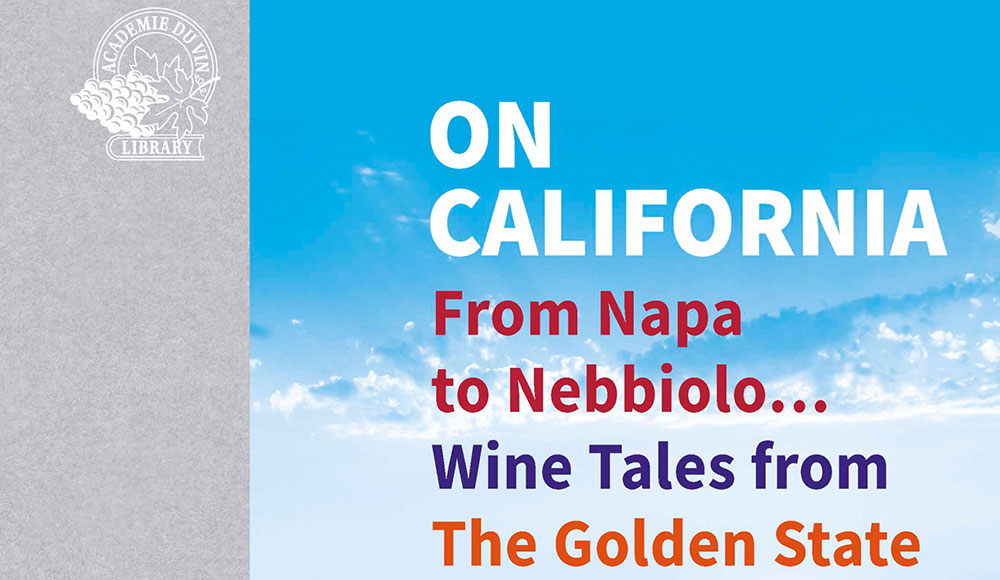Watching a webinar on Sherry recently, the host made the most salient, yet cutting of opening comments, “Like most people in the wine trade, you probably all love Sherry but despite this, it’s a tough sell.” This has been the eternal question for anyone who does love Sherry which is, “How can we convince other people of all its amazing traits?” The answer to date as been to publish as many books about these unique wines from this Andalusian region of Spain. More text surely would equal more acceptance by […]



